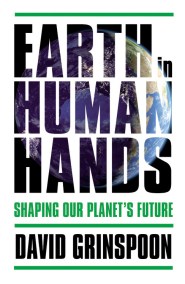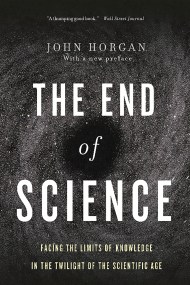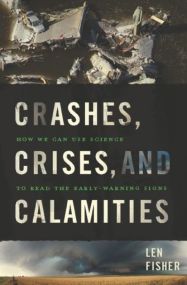Pseudoscience
An Amusing History of Crackpot Ideas and Why We Love Them
Contributors
Formats and Prices
- On Sale
- Feb 18, 2025
- Page Count
- 320 pages
- Publisher
- Workman Publishing Company
- ISBN-13
- 9781523524259
Price
$25.00Price
$33.00 CADFormat
Format:
- Hardcover $25.00 $33.00 CAD
- ebook $13.99 $17.99 CAD
- Audiobook Download (Unabridged) $27.99
Buy from Other Retailers:
The Bermuda Triangle. Personality tests. Ghost hunting. Crop circles. Mayan Doomsday. What do all these have in common? None can quite live up the rigor of actual facts or science and yet they all attract passionate supporters anyway.
Divided into broad sections covering the easily disproved to the wildly speculative to wishful thinking and of course hucksterism, Pseudoscience is a romp through much more than bad science—it’s a light-hearted look into why we insist on believing in things such as Big Foot, astrology, and the existence of aliens. Did you know, for example, that you can tell a person’s future by touching their butt? Rumpology. It’s a thing, but not really. Or that Stanley Kubrick made a fake moon landing film for the US government? Except he didn’t. Or that spontaneous human combustion is real? It ain’t, but it can be explained scientifically.
From the authors of Quackery: A Brief History of the Worst Ways to Cure Everything, Pseudoscience is a wild mix of history, pop culture, and good old fashioned science–one that not just entertains, but sheds a little light on why we all love to believe in a few things we know aren’t true.
Genre:
-
"A fizzy survey of outlandish theories from throughout history.... Kang and Pedersen bring dry humor to the proceedings, as when they close out their discussion of “rumpologists” who purport to divine a person’s future from the shape of their rear end with the quip: “No word yet on how a surgical Brazilian butt lift might alter your fate.” Though the authors debunk bigfoot, crop circles, and ghosts, the most intriguing chapters discuss more baroque theories, such as 20th-century Austrian engineer Hanns Hörbiger’s contention, derived exclusively from dreams, that much of the universe was created after a “waterlogged star” crashed into the sun and sprayed ice blocks deep into space, where they gave rise to countless solar systems. A wry takedown of bogus beliefs, this entertains."Publishers Weekly
By clicking ‘Sign Up,’ I acknowledge that I have read and agree to Hachette Book Group’s Privacy Policy and Terms of Use








